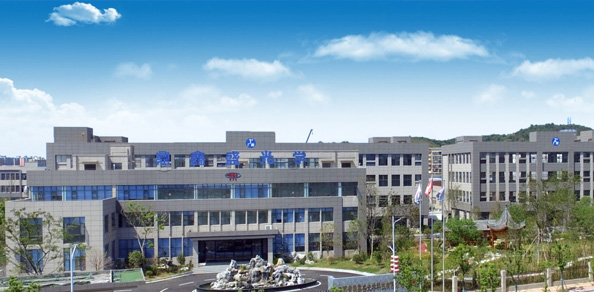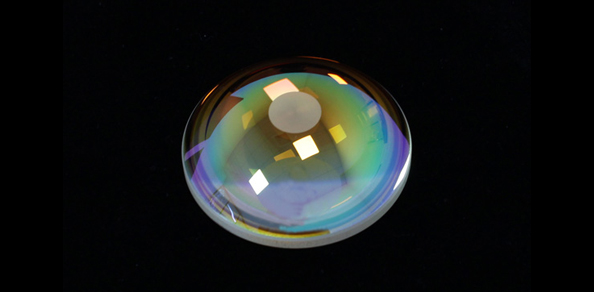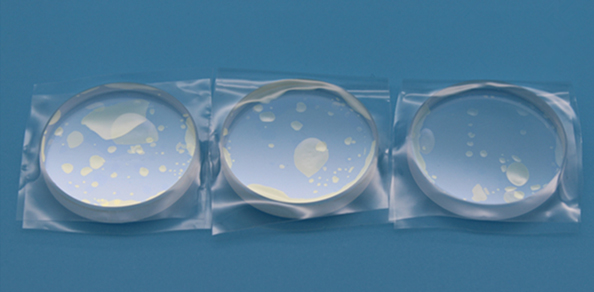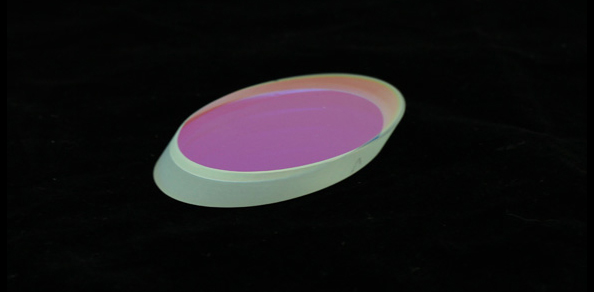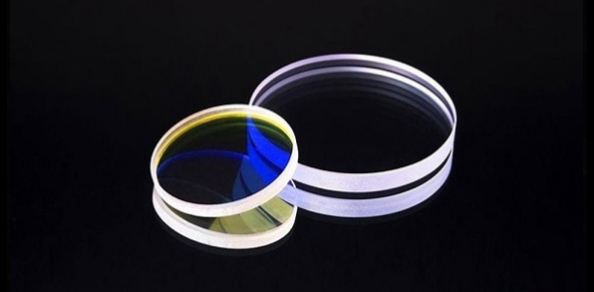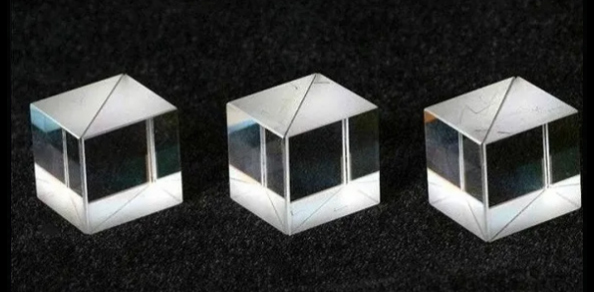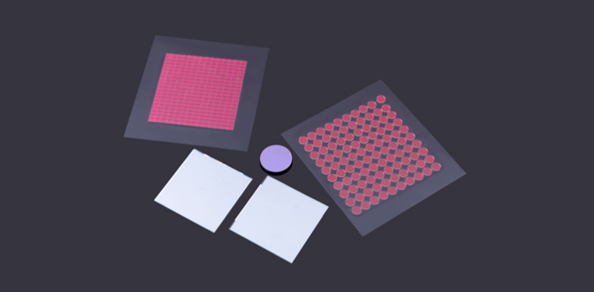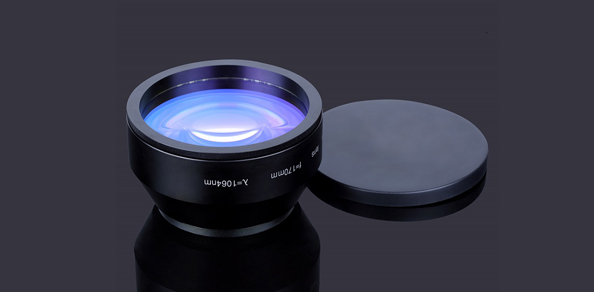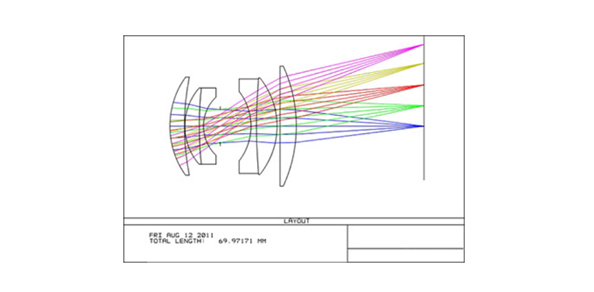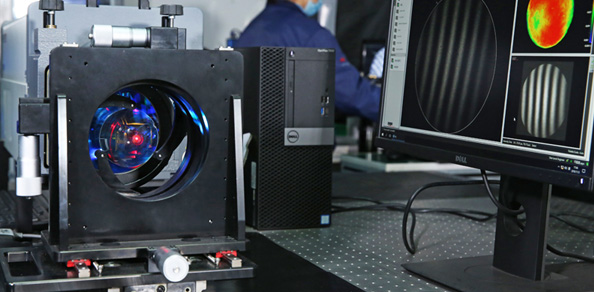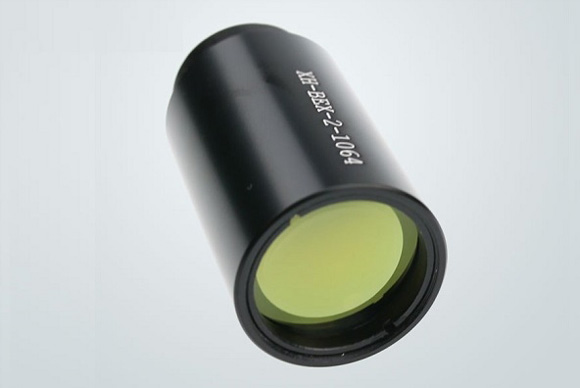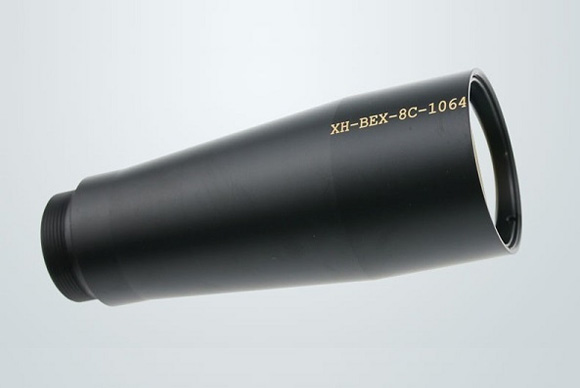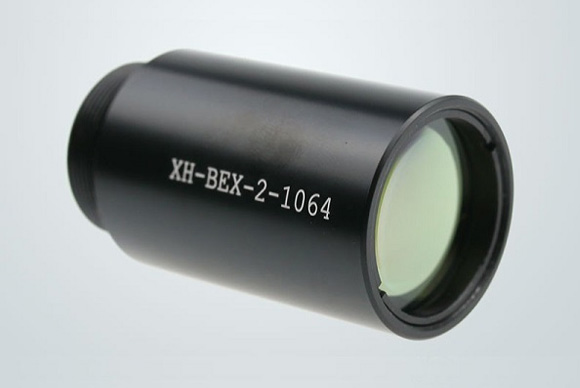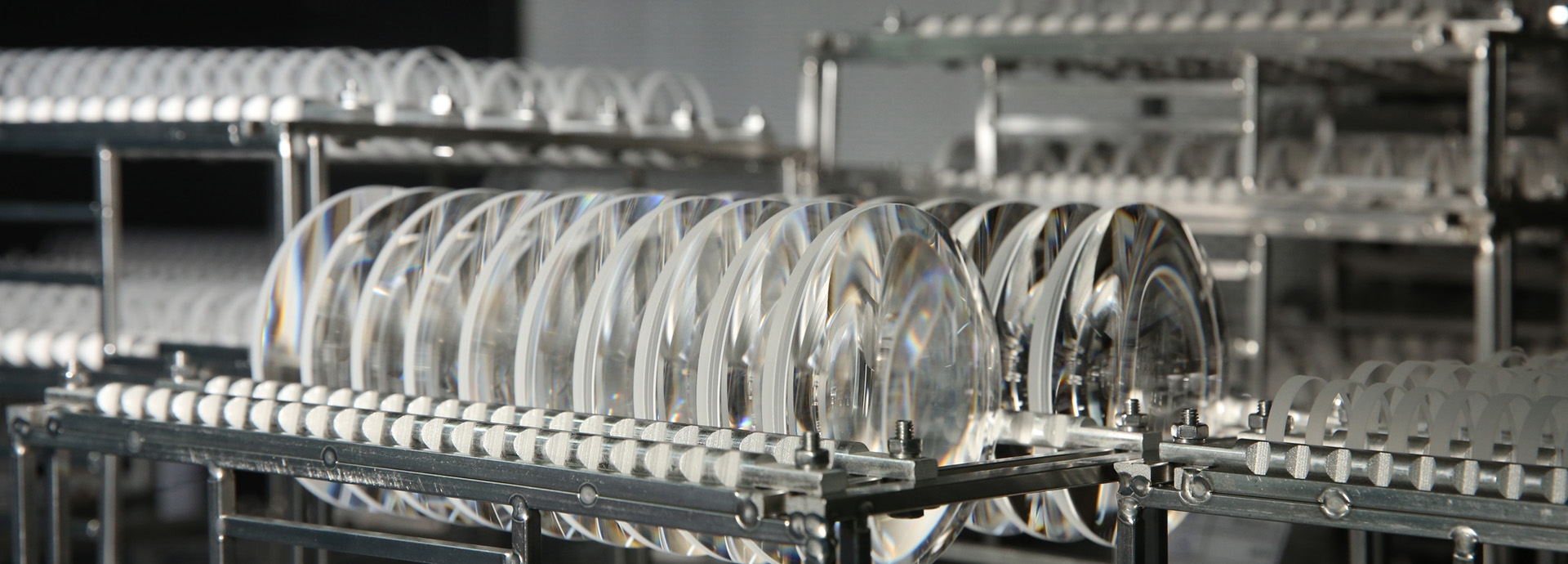
A beam expander is a lens component that can change the diameter and divergence angle of a laser beam. The laser beam emitted from the laser has a certain divergence angle. For laser processing, only by adjusting the beam expander to make the laser beam collimated (parallel) can a small high-power density spot be obtained using a focusing mirror; In laser ranging, it is necessary to improve the collimation of the laser to the maximum extent possible through a beam expander in order to achieve ideal long-distance measurement results; By using a beam expander, the beam diameter can be changed for use in different optical instruments and equipment; The use of a beam expander in conjunction with a spatial filter can transform the asymmetric beam distribution into a symmetrical distribution and make the light energy distribution more uniform. The larger the magnification of the beam expander, the larger the emitted light spot, resulting in the smallest divergence angle of the light (because a beam expander with a magnification of X can compress the divergence angle of the incident light to one tenth of its original X) - closer to parallel light. This way, the light spot focused by the field lens will be finer, the energy will be more concentrated, and the deformation of the printed characters will be smaller. But it's not necessarily better to have a higher magnification of the beam expander, as we also need to consider other factors.
Laser marking machines generally choose beam expanding mirrors based on several principles:
1. The effective diameter of the incident port is greater than or equal to the diameter of the incident light spot
2. The effective diameter of the exit Shekou is greater than or equal to the diameter of the exit light spot
3. The size of the outgoing light spot should be less than or equal to the size of the galvanometer light spot
4. The diameter of the outgoing light spot should match the entrance pupil of the field lens, that is, less than or equal to the entrance pupil.
Classification of beam expanding tube:
в‘ Beam expanding mirrors are divided into two types: fixed beam expanding mirrors and adjustable beam expanding mirrors. Each type of beam expanding mirror is further divided into two shapes: straight tube and horn tube. Each shape of beam expanding mirror is further divided into cylindrical connection and threaded connection according to the installation and connection method.
в‘Ў The distance between the two focusing lenses of the high-power laser beam expander is adjustable. When focusing, the focusing lens moves linearly without rotation, avoiding changes in the distribution of different axes and beam intensities caused by lens rotation during focusing.
в‘ў Adjustable beam expander is designed specifically for laser beam expansion with large divergence angles. By adjusting the distance between the expansion lenses, the influence of divergence angle can be eliminated within a certain range, thereby obtaining a laser beam with good collimation after expansion.
в‘Ј When the incident laser has a large divergence angle, gradually increasing the distance between the lenses can obtain a collimated laser beam at a certain position.
⑤ The two lenses of the fixed type beam expander are fixed and cannot be adjusted by the customer after leaving the factory. During factory production, we can fine tune the distance between the two lenses to obtain the best parallel beam. Fixed beam expanders are divided into two types: cylindrical connections and threaded connections.
characteristic:
в‘ The distance between the two focusing lenses can be adjusted
в‘Ў Adjustable beam expansion factor
в‘ў The laser beam expander has a sliding block for locking the focus setting, which can be adjusted to accommodate some beam parameters. To maintain a closed optical path, an adjustable beam tube should be added to the output to maintain a fixed overall length.
The main function and parameter indicators of beam expander:
(1) Reduce beam divergence angle
(2) Surface finish: 40-20
(3) Anti reflective film: Ravg<2%
(4) Anti damage threshold: 10J/ cm2@10ns ,10Hz
(5) Coating range: 400nm-700nm&1064nm

